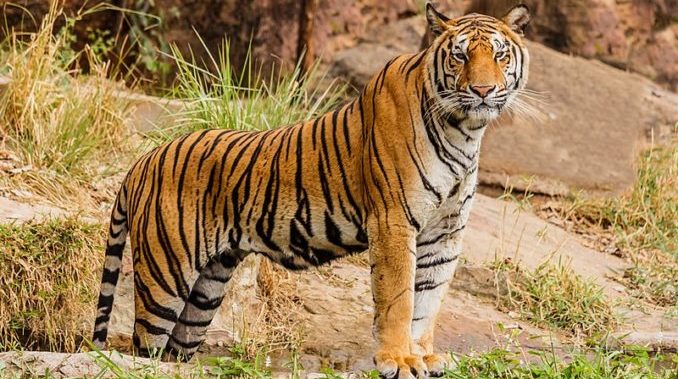
For most people, when “Tigger” is mentioned, the first image is the orange and black bouncy fellow from the Disney cartoons. Tigger predated those shows by decades, and was one of the original creations of A.A. Milne, whose Winnie the Pooh books first appeared in the 1920s. That said, the Disney efforts launched the characters into much greater international fame.
The cartoon image of Tigger is by far the most popular one even for those who have read the books. The character is visually distinctive and has a tendency to plunge other members of the Hundred Acre Wood into action. Like all of the Pooh characters, he has a big heart and a recognizable voice. Multiple generations have grown up watching the escapades of Pooh, Tigger and the rest in various Disney television shows.
Tigger’s voice was provided by Paul Winchell, and while that was his most famed cartoon character, it wasn’t his most famous voice acting work. Winchell had first achieved fame as a ventriloquist in the early 1950s with a prime-time television show. His reputation from that time period made him a popular guest on various television shows, which in turn led to his second star turn as Tigger.
As noted in the video montage, he also voiced Dick Dastardly, Gargamel, one of the Banana Splits and various other characters… including the owl that ate the Tootsie pop in the famed “How many licks?” commercial.
What makes Winchell distinctive among voice actors was his other line of work, that of medical inventor.
In the 1950s, his fame earned him an invitation to compete on the Arthur Murray Dance Party show. He accepted the invitation, and was set against Ricardo Montalban. Surprising many, he was revealed to be a better dancer than the leading man despite Montalban’s professional training and movie experience.
The win earned him an invitation to the cast party, where he met Dr. Henry Heimlich, the creator of the Heimlich maneuver. The two struck up a friendship, and due to Winchell’s pre-med collegiate track (abandoned to pursue ventriloquism stardom) Winchell was invited to watch some of the surgeries Heimlich performed.
After watching open-heart surgery, Winchell was struck by the idea of creating a powered artificial heart which would allow blood to continue to flow during medical procedures. With some aid from Heimlich, Winchell set to work and by 1956 had created plans and built a prototype. An application for a patent followed, and it was granted in 1963.
A team of researchers led by Dr. Robert Jarvik later attempted to create and patent an artificial heart which could be implanted in a person’s body. When they had successfully designed the first stage of their device, their patent was rejected because the designs infringed upon Winchell’s.
Dr. Jarvik maintained that neither he nor anyone on his team had copied Winchell’s work. Winchell may or may not have believed him, but it didn’t seem to matter. Winchell gifted his patent to the University of Utah and Robert Jarvik so the team could continue their groundbreaking research. The Jarvik-7 subsequently became the first permanent artificial heart to replace a person’s natural organ.
Question of the night: What shows were “family time” in your home?
